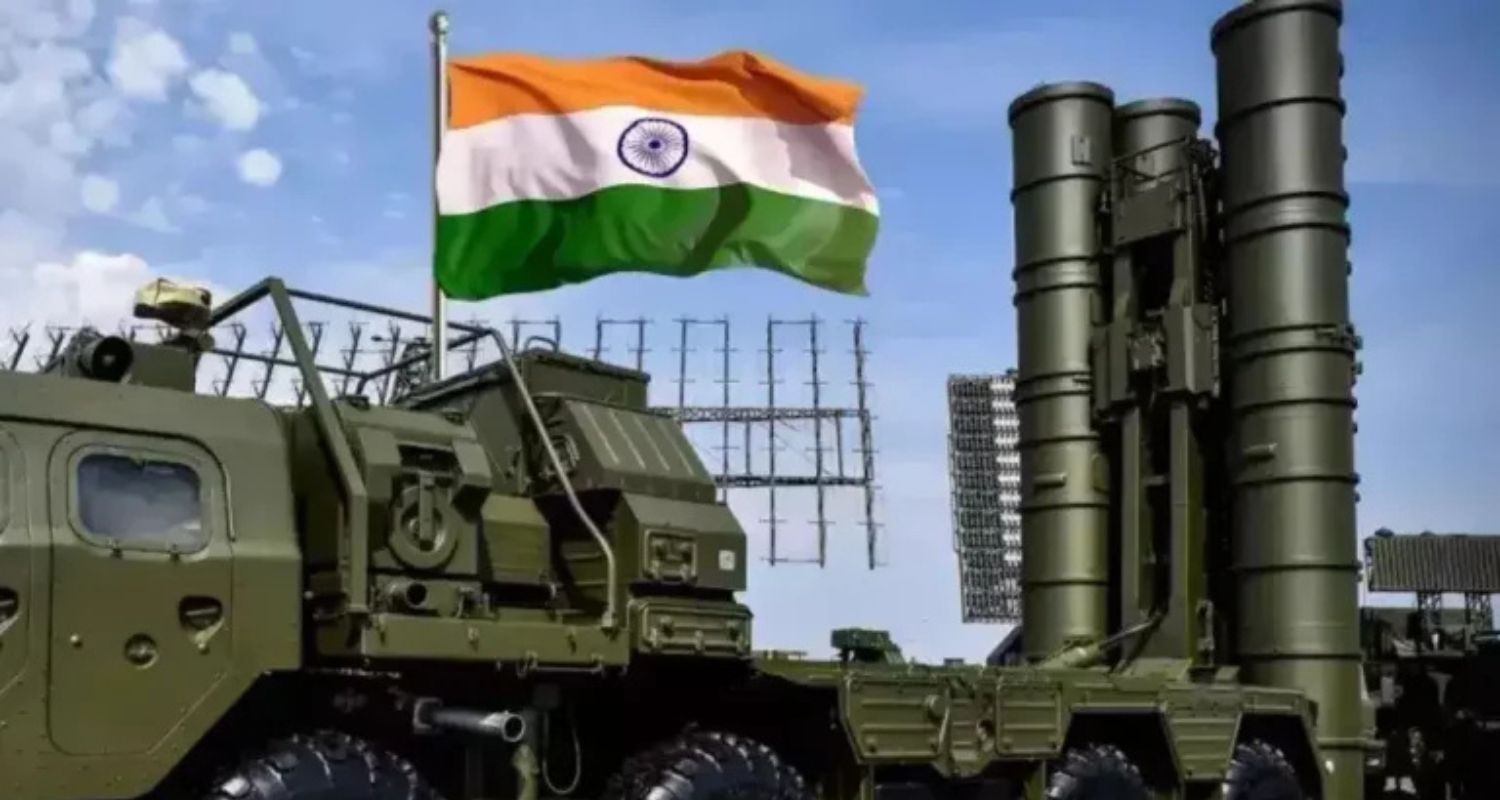At a time when India’s air defence capabilities have proven their effectiveness during Operation Sindoor—where Pakistani aircraft, missiles, and drones were successfully intercepted—the Indian Army is poised to receive a major boost. The Defence Ministry is expected to soon clear a proposal worth ₹30,000 crore for the acquisition of a new surface-to-air missile system.
According to defence officials cited by ANI, the Ministry is set to consider the procurement of three regiments of the indigenous Quick Reaction Surface-to-Air Missile (QRSAM) system. These regiments are planned for deployment along both India’s western and northern borders, significantly strengthening the Army Air Defence’s operational reach and responsiveness.

Developed by the Defence Research and Development Organisation (DRDO), the QRSAM system is highly mobile and designed for rapid deployment. It is capable of searching, tracking, and engaging targets while on the move or from short halts. With an effective range of approximately 30 kilometres, QRSAM will complement India’s current arsenal, which includes the Akash and MRSAM systems, by enhancing the force’s short to medium-range air defence capabilities.
Also Read: BSF hits 76 Pak posts: Video shows strikes in Operation Sindoor
Officials noted that the missile system has undergone extensive trials under both daytime and nighttime operational scenarios, validating its performance and reliability. The final approval is expected during the upcoming meeting of the Defence Acquisition Council, scheduled for the fourth week of June.
During the recent four-day conflict with Pakistan, Indian forces effectively countered aerial threats—many involving Chinese-origin weaponry. The Army’s Air Defence units destroyed a significant number of drones using L-70 and Zu-23 anti-aircraft guns. The Akash and MRSAM missile systems, along with the Indian Air Force’s Spyder and Sudarshan S-400 systems, played a critical role in shielding Indian territory.
In addition to the missile regiments, the Army Air Defence is also undergoing a broader modernization drive. This includes the induction of new radar systems, very short-range air defence systems, as well as advanced jammers and laser-based counter-drone technologies. These measures aim to counter evolving aerial threats, including those posed by Turkish and Chinese drones, further reinforcing India’s defensive posture.
Also Read: Lt Gen Rajiv Ghai named Army Deputy Chief (Strategy), DGMO too


